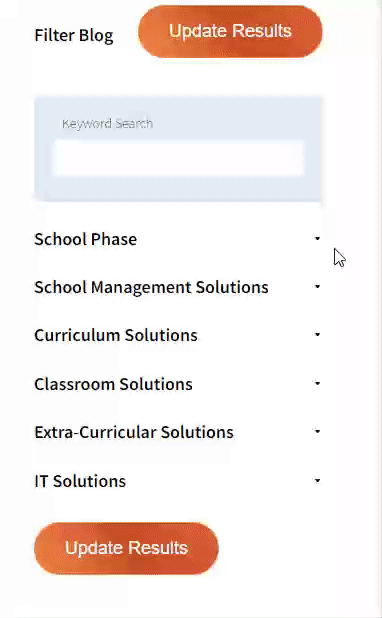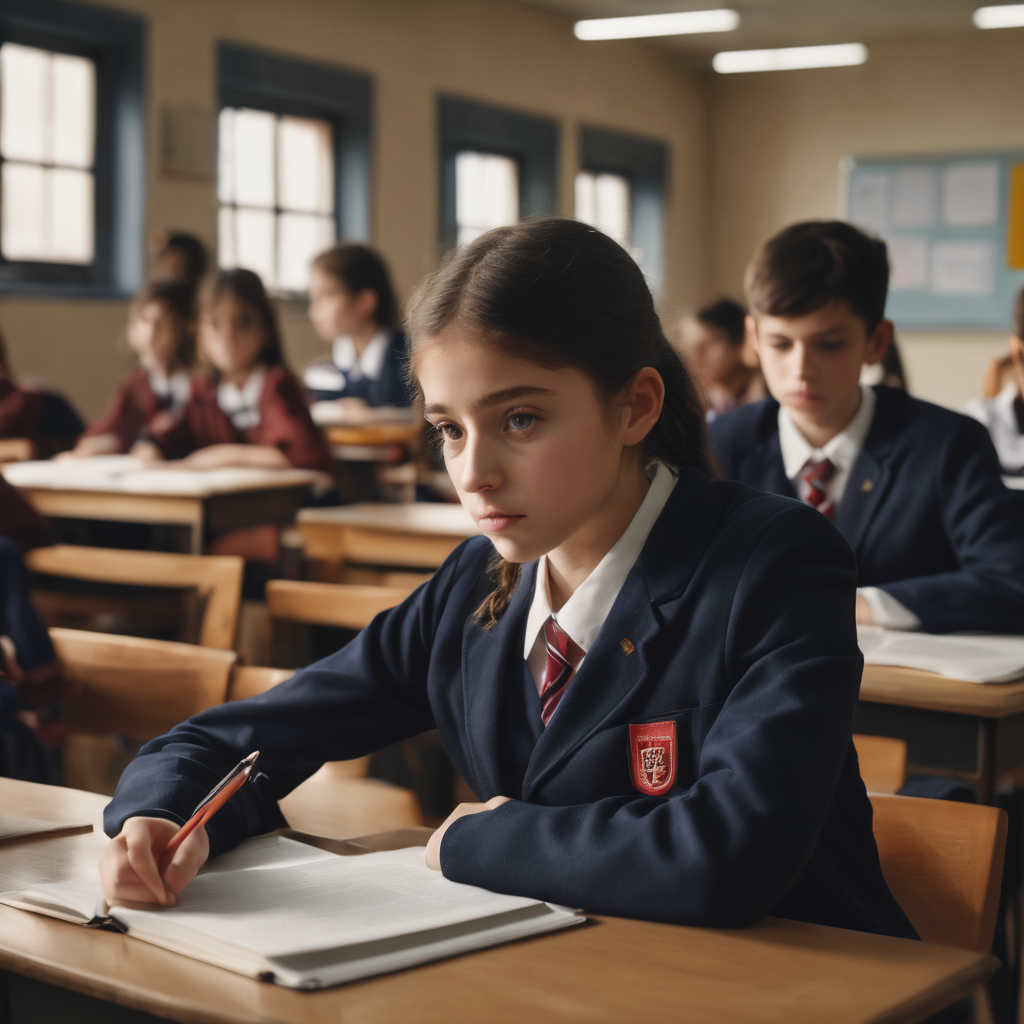


Our team sorts through all blog submissions to place them in the categories they fit the most - meaning it's never been simpler to gain advice and new knowledge for topics most important for you. This is why we have created this straight-forward guide to help you navigate our system.


And there you have it! Now your collection of blogs are catered to your chosen topics and are ready for you to explore. Plus, if you frequently return to the same categories you can bookmark your current URL and we will save your choices on return. Happy Reading!

Like everything, the existing school system has positive and negative aspects. It enables students to gain at least a basic education at a capacity that a one on one teaching structure simply wouldn’t be capable of. It also allows us to keep track of what’s being taught to children. This is important, ensuring that any teacher who firmly believes, for example, that iguanas are secretly alien spies, can’t teach this to their students.
But there’s no denying that school can be a stressful experience for children. You have to adapt to a new environment, as well as deal with the pressure to do well in your studies. And that’s without considering the conflicts that can arise between all the children growing up and learning how to behave. All of this can be challenging to even the most self-assured of children, even more so if you struggle with anxiety.
Like many mental health issues, anxiety comes with some complications when it comes to getting the help it needs. The major one is that, since they aren’t visible, it can be very easy for others to overlook or dismiss a person’s struggles. Another is that it is very easy for an unqualified person to misdiagnose what the issue is because many mental health issues have overlapping symptoms. This is further complicated by the fact that there are different types of anxiety people can be suffering from. However, behaviours which can indicate problems with anxiety include inattention and restlessness, poor attendance and clingy behaviour, being disruptive or having trouble answering in class.
However, moving on from the challenges of identifying it, what do you do as a teacher when you have young students who struggle with anxiety? Well, the most important thing to keep in mind is that you are not trying to ‘fix’ them. The thing about mental health issues is that they can’t be solved externally. There is no combination of actions you can take that will have any benefit without their own input. And, to emphasize, direct therapy should be left to professionals. But, this doesn’t mean that there’s nothing you can do to help. After all, what is a teacher if not an adult with the time and authority to make children do things? Besides, as anxiety can have an impact on a student’s learning, a teacher needs to have some understanding of how to approach it. This becomes especially relevant when the focus of a student’s anxiety is a particular subject.
This is why you should put together, or find, activities which help children learn healthy coping mechanisms and ways of thinking. For example, one of the key steps to handling your anxiety is figuring out what you’re anxious about. To those of you less prone to anxiety, this might sound like an odd thing to say. However, it is not exactly uncommon to feel anxiety for something you haven’t consciously acknowledged yet. Activities which help you identify what’s bothering you are a very useful step in this regard. Of course, the reverse is also useful, because anxiety tends to very easily spiral out of control if you just focus on the negative. Because of this, activities which help remind them of the different things which are under their control are very reassuring. After all, central to most forms of anxiety is the feeling of a lack of control. And you can combine these two approaches, by teaching them to think of ways of turning negatives into positives; which is always a useful mindset to learn.
As I said, you shouldn’t engage in this with the attitude of trying to ‘fix’ your anxious student; nor can anyone reasonably expect you to. Ultimately, your student mastering their anxiety requires the same role from you as them mastering their education. Namely, to support and encourage them, while giving them the tools to do it themselves.


The author

Read more

Read more

Read more

Read more

Read more

Read more

Read more

Read more


Are you looking for solutions? Let us help fund them! Nexus Education is a community of over 11,000 schools that come together to share best practise, ideas and CPD via online channels and free to attend events. Nexus also offers funding to all school groups in the UK via nexus-education.com


Established in 2011, One Education is a company at the heart of the education world, supporting over 600 schools and academies. Our unique appeal as a provider is in the breadth and synergy of the services we offer, supporting school leaders, teachers and support staff to achieve the best possible outcomes for their pupils and staff.

School Space is a social enterprise that has empowered schools for over 12 years through their profitable and hassle-free lettings services. So far, they’ve generated over £5 million in revenue for education, helping to connect over 200 schools with their local communities.


Unify is an online sales and marketing tool that allows users to create tailored personalised documents in moments.


There’s nothing special about the energy we sell. In fact, it’s exactly the same energy as all our competitors provide. But there is something special about the way we do it. Where others complicate the process, we simplify it. Where others confuse customers with hidden terms, we’re an open book. And where others do all they can to make as much money from their customers as possible, we do all we can to make as little. Everything we do, we do it differently. Our customers are a privilege. One we’ll never take advantage of.


Securus provide market-leading monitoring solutions to safeguard students on ALL devices both online and offline. We also offer a full monitoring service, where we carry out the monitoring on behalf of the school, freeing up valuable staff resources. From the smallest school to large MAT groups, Securus offers safeguarding protection for all!


Bodet Time offers dedicated solutions to education through lockdown alerts, class change systems, PA and synchronised clock systems. Improving time efficiency of the working and school day; ensuring safety through lockdown alerts; increasing communication with customised broadcast alerts.


Robotical makes Marty the Robot - a walking, dancing coding robot that makes programming fun and engaging for learners as young as 5. Our robots come with a full Learning Platform that has complete teaching resources, to make lesson planning a breeze.